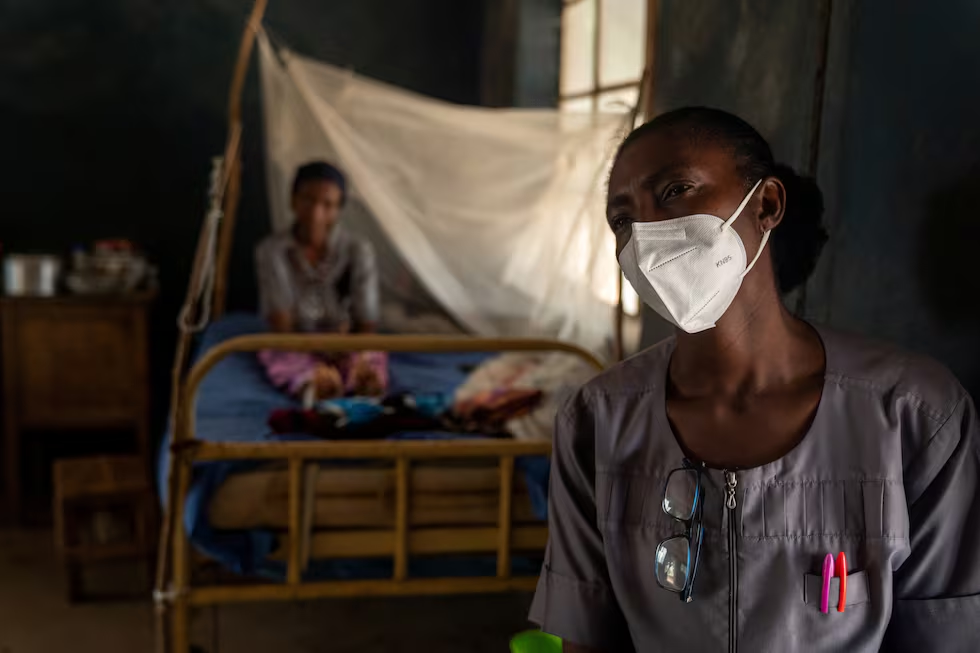3,000 Leprosy Patients in Nigeria Endure a Year Without Treatment Due to Drug Shortages
In a devastating turn of events, approximately 3,000 leprosy patients in Nigeria, including 800 children, have gone without essential medical treatment for over a year. The delay in the supply of Multidrug Therapy (MDT)—a crucial combination of three medications used to eliminate the infection and prevent deformities—has raised concerns among health experts and human rights advocates.
Despite the World Health Organization (WHO) supplying these drugs free of charge, bureaucratic hurdles and logistical challenges have hindered their distribution, leaving thousands at risk of severe disabilities.
Delayed Drug Supply Sparks Outrage
Peter Iorkighir, president of IDEA-Nigeria, an association advocating for people affected by leprosy, expressed deep concern over the unprecedented delay. He stated,
“We’ve seen delays before, but never this long. Every passing day means more suffering for those affected.”
Although the Ministry of Health confirmed that the drugs arrived in Nigeria on March 9, 2025, their distribution remains uncertain due to further administrative reviews. The Nigerian National Agency for Food and Drug Administration and Control (NAFDAC) cited quality control measures as the reason behind the delay, explaining that stringent checks were required before approving the medications.

The High Cost of Delay: Physical and Social Consequences
Leprosy, also known as Hansen’s disease, is curable with timely treatment. However, without proper medication, patients can develop severe deformities, ulcers, and permanent disabilities. The social stigma surrounding the disease worsens the plight of those affected.
“When leprosy is diagnosed early, treatment ensures no external deformities, reducing discrimination,” Iorkighir explained. “But without medication, the consequences become visible, leading to social isolation, job loss, and psychological trauma.”
A Systemic Issue Beyond Nigeria
The crisis in Nigeria is not an isolated case. Other countries, including India, Brazil, Indonesia, Nepal, and Madagascar, have faced similar supply disruptions in recent years. According to Beatriz Miranda-Galarza, the UN Special Rapporteur on Leprosy, the global funding cuts for neglected tropical diseases (NTDs) may further threaten the availability of leprosy medications worldwide.
“The situation is worsening,” Miranda-Galarza warned. “In a few years, we could see more drug-resistant leprosy cases, resulting in a global health setback.”
Urgent Call for Action and Accountability
The Nigerian government, alongside international health organizations, must take immediate steps to prevent such crises in the future. Human rights advocates are now demanding compensatory measures for the affected patients, while the parliamentary committee on neglected tropical diseases has urged for a transparent investigation into the cause of the delay.
The WHO, Novartis, and NAFDAC are yet to provide a clear explanation for the year-long treatment gap. Until then, thousands of Nigerians remain vulnerable to permanent disabilities caused by this preventable disease.
World Health Organization (WHO) – Global Leprosy Programme
READ ALSO:
Follow the LMSINT MEDIA channel on WhatsApp:
Join Our WhatsApp Group Hear:
Discover more from LMSINT MEDIA
Subscribe to get the latest posts sent to your email.






